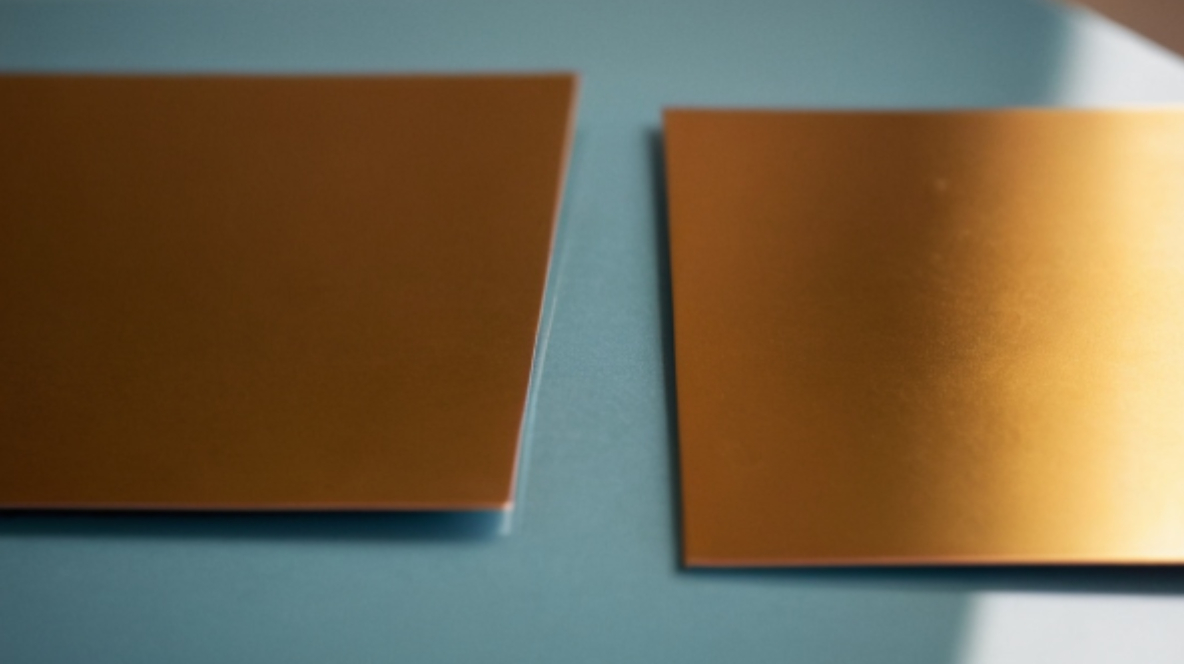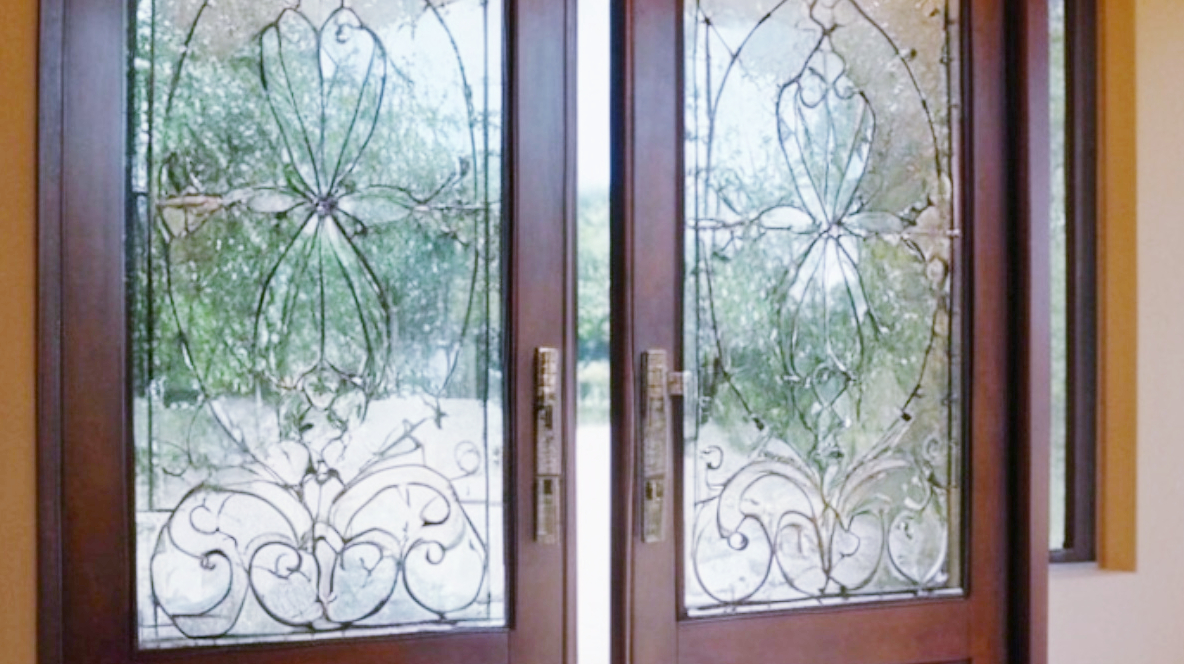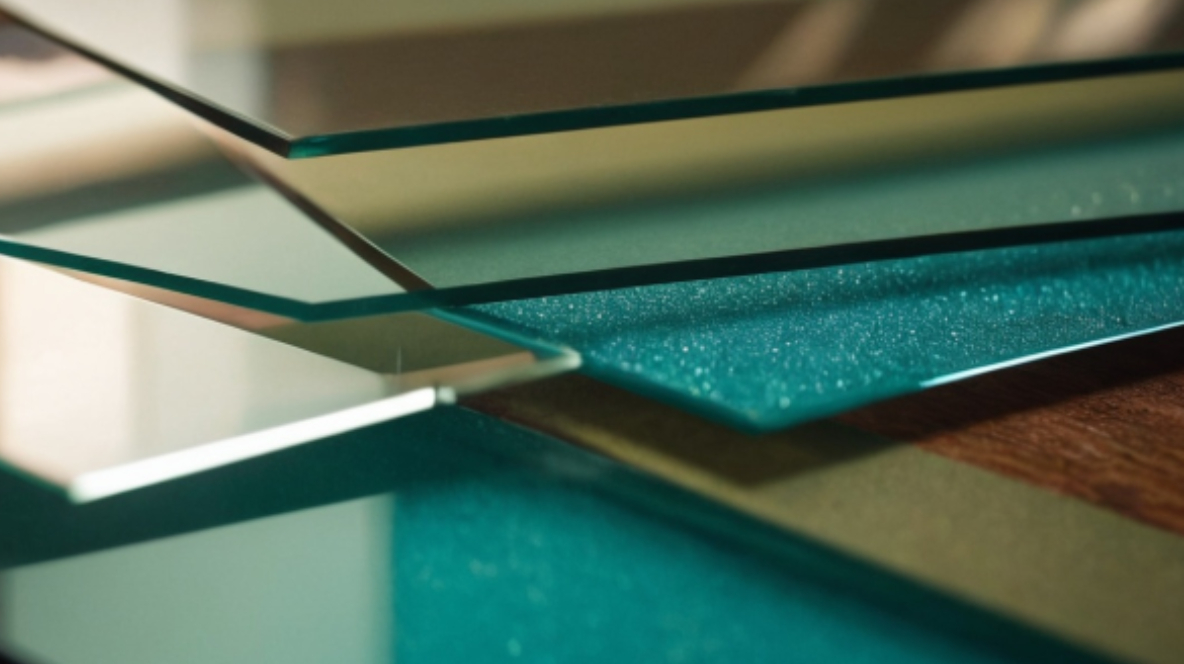Can You Use UV Light on Epoxy Resin?
Are you working on an epoxy resin project and wondering if UV light can speed up your curing process? It’s a common question, and understanding the nuances of UV light and epoxy resin is crucial for achieving professional, durable results. In this comprehensive guide, we’ll delve into the science, best practices, and how Incure can help you master your epoxy resin endeavors.
The Short Answer: It Depends!
While UV light is a fantastic tool for curing some types of resins, it’s not a one-size-fits-all solution for all epoxy resins. The key lies in the chemical composition of the epoxy.
Traditional 2-part epoxy resins, which are the most common type used for a wide range of projects (from river tables to jewelry), cure through a chemical reaction between a resin and a hardener. This reaction is exothermic (produces heat) and typically takes hours or even days to fully cure at room temperature. UV light generally has little to no effect on the curing speed of these traditional 2-part epoxies. In fact, exposing them to UV light might even cause yellowing over time if the resin isn’t formulated with UV inhibitors.
However, there’s a specialized category of resins known as “UV Resin” or “UV Cure Epoxy.” These resins are specifically formulated with photoinitiators that react when exposed to ultraviolet (UV) light. This reaction triggers a rapid polymerization process, allowing them to cure in a matter of seconds to minutes under a UV lamp or direct sunlight.
UV Resin vs. Traditional Epoxy Resin: What’s the Difference?
| Feature | Traditional 2-Part Epoxy Resin | UV Resin / UV Cure Epoxy |
|---|---|---|
| Curing Mechanism | Chemical reaction between resin and hardener | Photoinitiator reaction triggered by UV light |
| Curing Time | Hours to days (at room temperature) | Seconds to minutes (under UV light) |
| Components | Two parts (resin + hardener) | One part |
| Application | Large pours, coatings, bonding, casting | Small projects, jewelry, doming, quick repairs |
| Odor | Varies, can be strong | Generally low odor |
| Heat Generated | Exothermic reaction (can generate significant heat) | Minimal heat generated during cure |
| UV Light Use | Not effective for curing; can cause yellowing | Essential for curing |
When to Use UV Light on Epoxy Resin (and When Not To)
DO use UV light when:
- You’re working with UV Resin/UV Cure Epoxy: This is its intended purpose, and you’ll achieve super-fast, reliable cures.
- You need quick, small fixes or doming: UV resin is perfect for adding a clear, glossy dome to smaller items like keychains, earrings, or bezels.
- You’re creating thin layers: UV light penetrates thin layers more effectively, leading to consistent cures.
- You want to minimize waiting time: If time is of the essence, UV resin is your go-to.
DO NOT use UV light when:
- You’re working with traditional 2-part epoxy resin: It won’t speed up the cure and may lead to undesirable effects.
- You’re doing large pours or thick castings: UV light has limited penetration depth, and thicker layers of UV resin will likely not cure all the way through, leaving sticky spots.
- Your project requires significant strength or durability: While UV resin is strong, traditional epoxy often offers superior long-term durability for heavy-duty applications.
- Your resin is colored or opaque: Pigments and opacifiers can block UV light, preventing proper curing of UV resin.
Tips for Using UV Light with UV Resin
If you’ve determined that UV resin is the right choice for your project, here are some essential tips for a flawless cure:
- Use a dedicated UV lamp: While sunlight can work, a UV lamp provides a consistent and controlled UV light source for faster and more reliable curing. Look for lamps designed for resin curing.
- Ensure adequate UV exposure: Make sure the UV light reaches all parts of your resin. Rotate your piece if necessary.
- Work in thin layers: For optimal curing, apply UV resin in thin layers. You can build up thickness with multiple cured layers.
- Protect yourself: UV light can be harmful to skin and eyes. Wear UV-protective glasses and gloves.
- Clean your surface: Ensure your project surface is clean and free of dust or debris before applying UV resin.
- Avoid direct sunlight exposure during application: Cure your UV resin under a controlled UV lamp, not in direct sunlight (unless you’re using sunlight as your primary curing method and can control the exposure).
- Store UV resin properly: Keep UV resin in opaque bottles away from direct sunlight or UV light sources to prevent premature curing.
How Incure Can Help You Master Your Projects
At Incure, we understand the complexities of working with resins and the importance of achieving professional results. Whether you’re a hobbyist or a professional, we offer a range of solutions to support your projects:
- Expert Guidance: Our team of specialists is here to answer your questions and provide personalized advice on choosing the right resin for your needs, whether it’s traditional epoxy or UV cure resin. We can help you understand the curing processes and troubleshoot any challenges you might encounter.
- High-Quality UV Lamps and Equipment: We offer a selection of reliable and efficient UV lamps specifically designed for resin curing, ensuring you get the consistent UV exposure needed for perfect UV resin projects.
- Premium Resin Supplies: Incure provides access to high-quality resin products, including specialized UV resins, that are formulated for optimal performance and durability.
- Workshops and Resources: Stay tuned for our upcoming workshops and online resources that will provide in-depth tutorials and tips on working with various resins, including best practices for UV curing.
- Tailored Solutions for Professionals: For businesses and industrial applications, Incure offers bulk supply options and customized solutions for your resin needs, helping you optimize your production processes.
Don’t let questions about UV light and epoxy resin hold you back! With the right knowledge and the support of Incure, you can confidently tackle any resin project and achieve stunning, durable results.
Ready to elevate your resin projects?
Contact Incure today to discuss your specific needs and discover how our expertise and products can help you achieve flawless cures every time. Visit our website or call us for more information!









